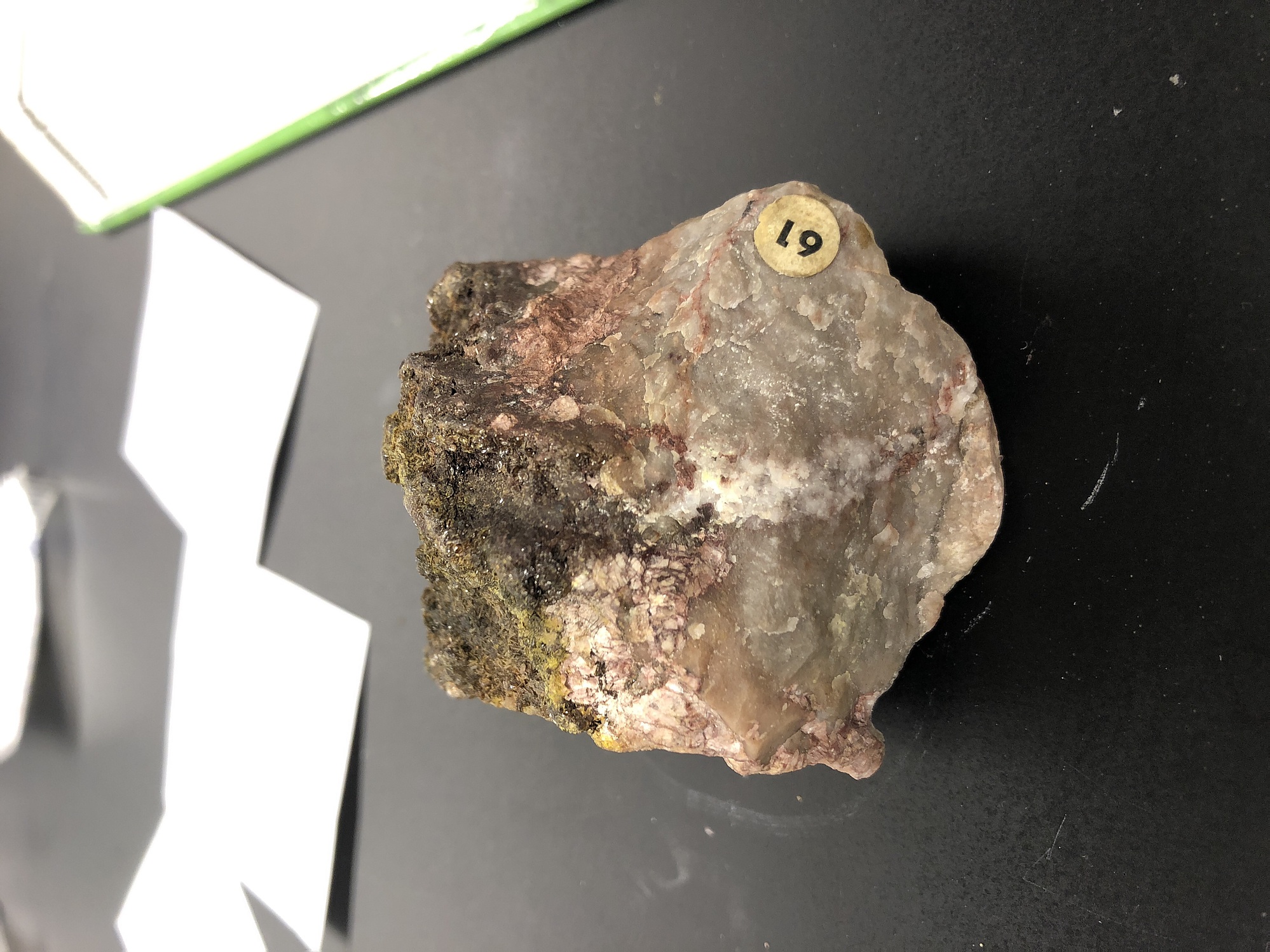Home PageAbout MindatThe Mindat ManualHistory of MindatCopyright StatusWho We AreContact UsAdvertise on Mindat
Donate to MindatCorporate SponsorshipSponsor a PageSponsored PagesMindat AdvertisersAdvertise on Mindat
Learning CenterWhat is a mineral?The most common minerals on earthInformation for EducatorsMindat ArticlesThe ElementsThe Rock H. Currier Digital LibraryGeologic Time
Minerals by PropertiesMinerals by ChemistryAdvanced Locality SearchRandom MineralRandom LocalitySearch by minIDLocalities Near MeSearch ArticlesSearch GlossaryMore Search Options
The Mindat ManualAdd a New PhotoRate PhotosLocality Edit ReportCoordinate Completion ReportAdd Glossary Item
Mining CompaniesStatisticsUsersMineral MuseumsClubs & OrganizationsMineral Shows & EventsThe Mindat DirectoryDevice SettingsThe Mineral Quiz
Photo SearchPhoto GalleriesSearch by ColorNew Photos TodayNew Photos YesterdayMembers' Photo GalleriesPast Photo of the Day GalleryPhotography
╳Discussions
💬 Home🔎 Search📅 LatestGroups
EducationOpen discussion area.Fakes & FraudsOpen discussion area.Field CollectingOpen discussion area.FossilsOpen discussion area.Gems and GemologyOpen discussion area.GeneralOpen discussion area.How to ContributeOpen discussion area.Identity HelpOpen discussion area.Improving Mindat.orgOpen discussion area.LocalitiesOpen discussion area.Lost and Stolen SpecimensOpen discussion area.MarketplaceOpen discussion area.MeteoritesOpen discussion area.Mindat ProductsOpen discussion area.Mineral ExchangesOpen discussion area.Mineral PhotographyOpen discussion area.Mineral ShowsOpen discussion area.Mineralogical ClassificationOpen discussion area.Mineralogy CourseOpen discussion area.MineralsOpen discussion area.Minerals and MuseumsOpen discussion area.PhotosOpen discussion area.Techniques for CollectorsOpen discussion area.The Rock H. Currier Digital LibraryOpen discussion area.UV MineralsOpen discussion area.Recent Images in Discussions
Identity HelpHelp please

14th Nov 2018 01:26 UTCLogan Miller
It’s hardness is between 2-3
It reacts with HCl
If you have any idea what it is, or even a guess it would be much appreciated.

14th Nov 2018 01:58 UTCLogan Miller
14th Nov 2018 02:11 UTCPaul Brandes 🌟 Manager
If your specimen reacts to acid, then you have a carbonate mineral. The question then becomes which carbonate is it? Based on the hardness you got, you probably have a piece of calcite.
14th Nov 2018 02:18 UTCKevin Conroy Manager
14th Nov 2018 02:42 UTCReiner Mielke Expert

14th Nov 2018 03:32 UTCDoug Daniels

16th Nov 2018 17:34 UTCLogan Miller
Vanadinite
16th Nov 2018 18:34 UTCFrank K. Mazdab 🌟 Manager
16th Nov 2018 18:45 UTCReiner Mielke Expert

16th Nov 2018 19:28 UTCThomas Lühr Expert
Test the hardness of the green stuff and provide a sharp closeup, if possible.
16th Nov 2018 19:59 UTCKevin Conroy Manager
Speaking of help, please see my comment in the "head scratcher" discussion.
16th Nov 2018 20:28 UTCPaul Brandes 🌟 Manager
-------------------------------------------------------
> That nub is what your class is using as a sample
> of vanadinite? And I thought our undergrad
> teaching collection was crappy... yikes!
No kidding!! I wouldn't even think of giving my students such a miserable piece.
I for the life of me cannot see any vanadinite on that sample.

16th Nov 2018 21:37 UTCDoug Daniels

16th Nov 2018 22:32 UTCThomas Lühr Expert
Regarding the reaction with acid: he may have observed the reaction of the underlaying calcite matrix and not of the green stuff in question.

17th Nov 2018 01:40 UTCDoug Daniels
17th Nov 2018 03:25 UTCGregg Little 🌟

17th Nov 2018 12:38 UTCEd Clopton 🌟 Expert
17th Nov 2018 20:00 UTCFrank K. Mazdab 🌟 Manager
All kidding aside, this is actually a bit more serious issue. Broken or poor quality rock or mineral specimens don't effectively teach mineralogy, and they don't nurture in those students an aesthetic appreciation for minerals that keeps the hobby flourishing.




Mindat.org is an outreach project of the Hudson Institute of Mineralogy, a 501(c)(3) not-for-profit organization.
Copyright © mindat.org and the Hudson Institute of Mineralogy 1993-2024, except where stated. Most political location boundaries are © OpenStreetMap contributors. Mindat.org relies on the contributions of thousands of members and supporters. Founded in 2000 by Jolyon Ralph.
Privacy Policy - Terms & Conditions - Contact Us / DMCA issues - Report a bug/vulnerability Current server date and time: April 25, 2024 23:03:20
Copyright © mindat.org and the Hudson Institute of Mineralogy 1993-2024, except where stated. Most political location boundaries are © OpenStreetMap contributors. Mindat.org relies on the contributions of thousands of members and supporters. Founded in 2000 by Jolyon Ralph.
Privacy Policy - Terms & Conditions - Contact Us / DMCA issues - Report a bug/vulnerability Current server date and time: April 25, 2024 23:03:20












